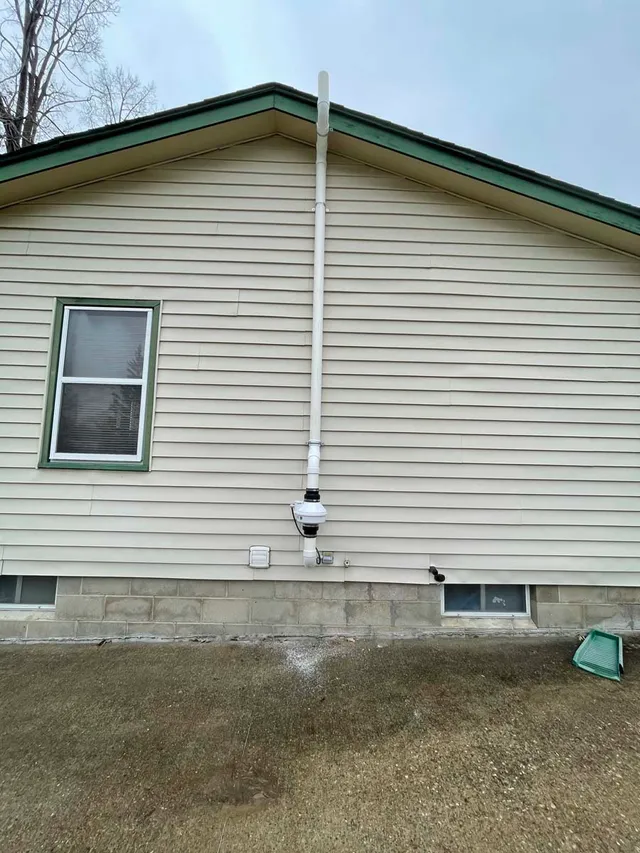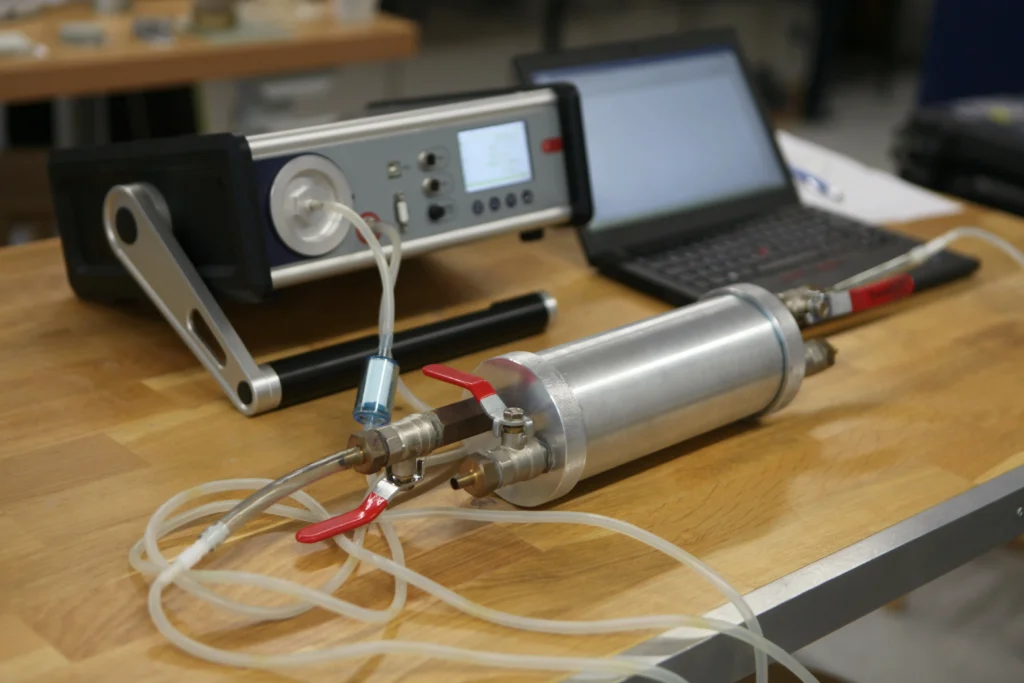Iowa City is known for its vibrant culture, historic charm, and beautiful neighborhoods from the Victorian homes of Longfellow to the modern builds on the east side. But even in this thriving community, an invisible health hazard could be affecting your property: radon gas.
At Milledge Construction, we specialize in professional radon testing and mitigation in Iowa City and surrounding areas. Our team brings years of hands-on experience and state certification to every job.
Whether you’re a homeowner near the University of Iowa campus or managing a commercial space in Coralville, we offer solutions that are tailored, effective, and built for long-term safety.

Learn more about our radon testing services by calling (641) 218-5006 now.
The only way to know if your home or business has elevated radon levels is to test for it. Milledge Construction offers reliable short-term and long-term radon testing using EPA-approved devices. We’ll help you understand your results clearly and advise on next steps if mitigation is needed.
We serve a wide variety of clients, including:
If your test shows elevated radon levels (4.0 pCi/L or higher), our certified technicians can design and install a custom radon mitigation system that reduces concentrations quickly and effectively.
No two buildings are the same, so we assess your foundation type, layout, and airflow to build the best solution.
Radon is a radioactive gas that forms naturally in the soil beneath our feet. It’s colorless, odorless, and completely undetectable without proper testing. Over time, radon can accumulate inside homes, offices, schools, and other buildings, posing serious health risks.
In fact, radon is the second leading cause of lung cancer in the United States, and Iowa has some of the highest radon levels in the country due to its unique glacial soils. That means Iowa City homeowners and property managers need to stay proactive.

Once inside, it can become trapped and rise to harmful levels, especially in well-sealed, energy-efficient homes. Radon typically enters structures through:
One of the most common radon entry points is through cracks in your foundation. Over time, concrete can settle or shift, creating tiny openings that allow radon gas from the soil to seep directly into your home. Even hairline cracks can be enough for radon to find its way inside.
Sump pump pits and open crawlspaces offer a direct path for radon gas to enter your home, especially when they’re not properly sealed. Since these areas are typically below ground level, they’re more exposed to radon-rich soil, making them a vulnerable point of entry if not properly addressed.
Wherever pipes, wires, or ductwork enter your home, they create small gaps in the foundation. Likewise, construction joints, where different parts of the foundation meet, can form weak spots. These areas are often overlooked but can become key access points for radon if left unsealed.
Homes with slab-on-grade construction or unfinished basements often have small voids around edges or seams. These gaps may seem insignificant, but they can allow a surprising amount of radon to enter and accumulate indoors over time, especially without proper ventilation or mitigation.
Radon isn’t just a threat through the air. It can also enter your home via well water. When radon is present in groundwater, activities like showering, laundry, and dishwashing can release it into the air you breathe. Homes with private wells in and around Iowa City should strongly consider radon testing for both air and water.
Moisture naturally travels through porous building materials like concrete via a process called capillary action. If the surrounding soil contains radon, this invisible gas can “hitch a ride” with water vapor and slowly migrate into your basement or slab-on-grade foundation, without the need for visible cracks or gaps.
Ironically, improperly designed ventilation systems can contribute to radon buildup. Exhaust fans, fireplaces, and even some HVAC systems can create negative pressure zones, pulling radon from the soil into your home through tiny entry points. Balancing ventilation is critical to keeping indoor air both fresh and safe.
Don’t leave your health and safety up to chance.
Milledge Construction provides Iowa City residents with trusted, certified radon testing and mitigation services backed by experience, science, and a commitment to your peace of mind.
Call us today at (641) 218-5006 to speak with us directly.
We’re proud to help keep your indoor air saf, so you can focus on what really matters.
We know Iowa City—from its historic downtown buildings and campus housing to newer homes in North Liberty and rural properties around Johnson County.
That local knowledge matters when it comes to understanding how soil types, home foundations, and climate affect radon infiltration.
Milledge Construction is known for:

We proudly serve Iowa City, Coralville, North Liberty, Hills, Tiffin, and the entire Johnson County region.
If you’re in a residential neighborhood, commercial district, or managing multi-unit housing, Milledge Construction is your trusted radon expert.